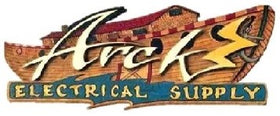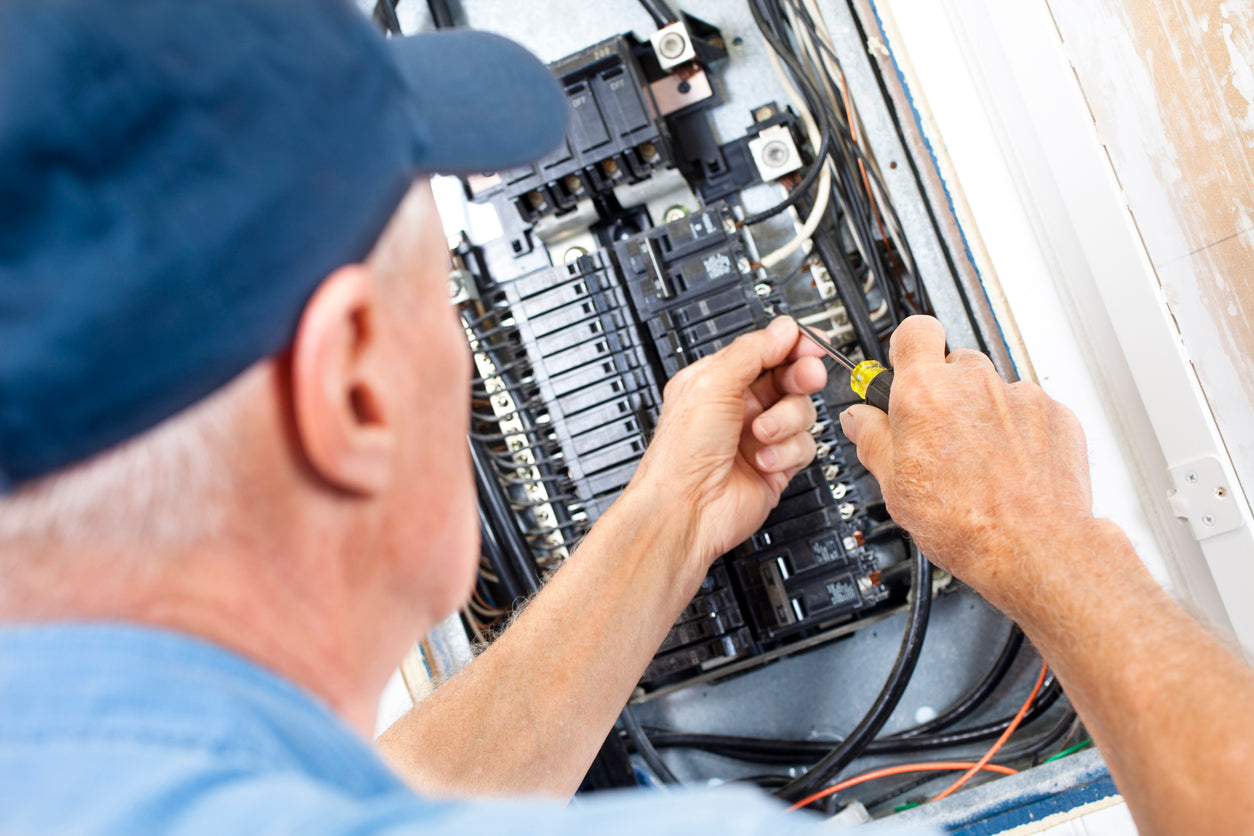The Dos
1. Do Understand Your Electrical System
Familiarize yourself with your electrical system's layout and the location of your circuit breakers. Identify which breakers correspond to different areas or appliances in your home or facility.
2. Do Regularly Test Your Circuit Breakers
Periodically test your circuit breakers to ensure they are functioning correctly. This involves flipping each breaker to the "off" position and then back to the "on" position to simulate a reset. If a breaker trips frequently or feels loose, it may need to be replaced.
3. Do Label Your Circuit Breakers
Properly label each circuit breaker to indicate which area or appliance it controls. Clear labeling makes it easier to identify and isolate circuits during troubleshooting or maintenance.
4. Do Practice Load Management
Distribute electrical loads evenly across circuits to prevent overloading. Avoid plugging multiple high-power devices into the same circuit, especially in older homes with limited electrical capacity.
5. Do Use GFCI and AFCI Breakers Where Required
Install ground fault circuit interrupter (GFCI) breakers in areas prone to water exposure, such as kitchens, bathrooms, and outdoor outlets. Additionally, use arc fault circuit interrupter (AFCI) breakers to protect against electrical fires caused by arc faults in wiring. We have a blog post discussing these breakers in more detail here.
6. Do Hire a Professional for Installations and Repairs
For any electrical work involving circuit breakers, such as installations, repairs, or upgrades, hire a qualified electrician. Electrical work requires specialized knowledge and skills to ensure safety and compliance with building codes.
The Don'ts
1. Don't Ignore Tripped Breakers
If a circuit breaker trips frequently, it indicates an underlying issue such as overload or a short circuit. Investigate the cause of the tripping and address it promptly to prevent electrical hazards and equipment damage.
2. Don't Overload Circuits
Avoid connecting too many devices or appliances to a single circuit. Overloading can lead to overheating, tripped breakers, and potential fire hazards. Spread out electrical loads across multiple circuits as needed.
3. Don't Block Access to Circuit Breaker Panels
Keep the area around circuit breaker panels clear and accessible at all times. Avoid placing furniture, storage items, or other obstructions in front of or around the panels to ensure quick and easy access during emergencies or maintenance.
4. Don't Attempt DIY Repairs Unless Qualified
Electrical work can be hazardous, especially when dealing with circuit breakers and wiring. Avoid attempting DIY repairs or modifications unless you have the necessary knowledge, skills, and safety equipment.
5. Don't Neglect Maintenance
Regular maintenance is essential for ensuring the reliability and longevity of your electrical system. Schedule periodic inspections by a licensed electrician to check for signs of wear, corrosion, or other issues that may affect the performance of your circuit breakers.

